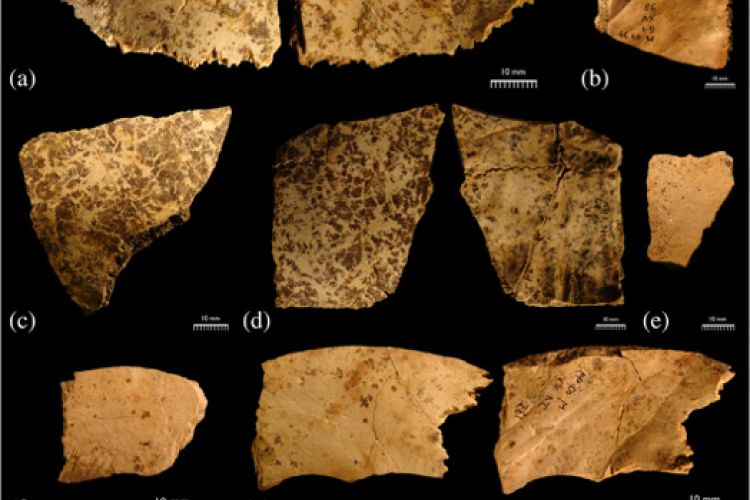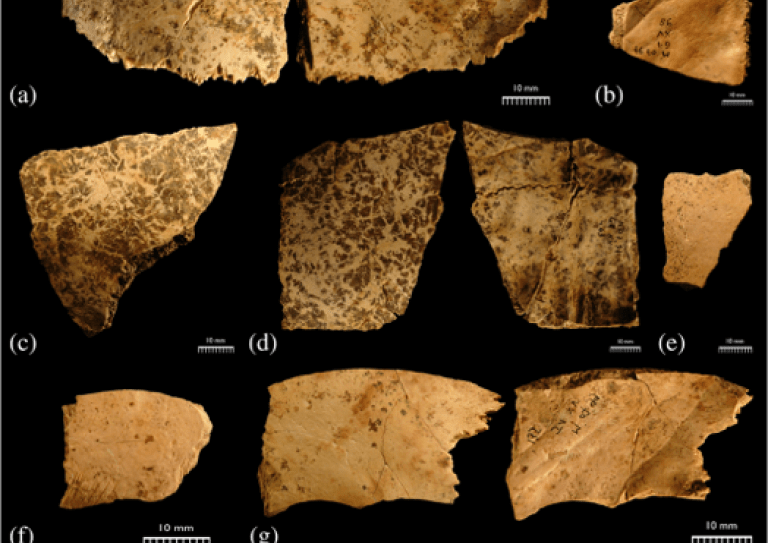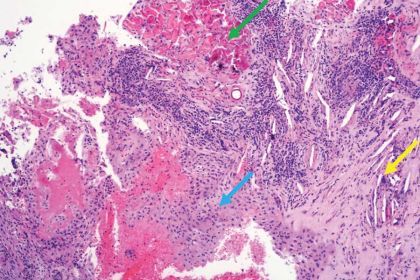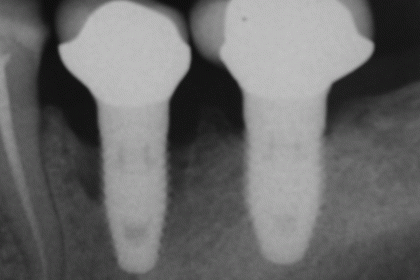Breadcrumb
Neanderthal cranial remains from Baume Moula-Guercy (Soyons, Ardèche, France)

Cranial fragments from Soyons, France.
What is it?
An in-depth examination of a collection of skull fragments found in an excavation in the Rhone Valley which date back to as long as 130,000 years ago.
What problem does it aim to solve?
Researchers are seeking to understand how Neanderthal crania changed over time and when these changes occurred.
How does it work?
The researchers examined the fragments, employing CT scans and virtual reconstruction, closely focusing on the frontal. They compared them to a set of recent human cranial samples from the Dugoni School’s Center for Dental History and Craniofacial Study.
What are the findings?
The research identifies the unique combination of morphological features of crania from this location and timeframe — some are similar to those of early Neanderthals, but others are more similar to Late Neanderthals.
What are the next steps?
The Neanderthal cranial remains from Baume Moula-Guercy are a valuable resource for future studies to understand the evolution of Neanderthals.
Source
“Neanderthal cranial remains from Baume Moula-Guercy (Soyons, Ardèche, France)”, Am J Phys Anthropol. 2021;175:201–226.
Authors
Gary D. Richards, Department of Biomedical Sciences, Dugoni School of Dentistry, University of the Pacific
Gaspard Guipert, Institut de Paléontologie Humaine, Fondation, Albert Ier Prince de Monaco, Paris, France
Rebecca S. Jabbour, Department of Biology, Saint Mary's College of California, Moraga, California
Alban R. Defleur, CEPAM - UMR 7264 CNRS, Université de Nice, Nice, France






